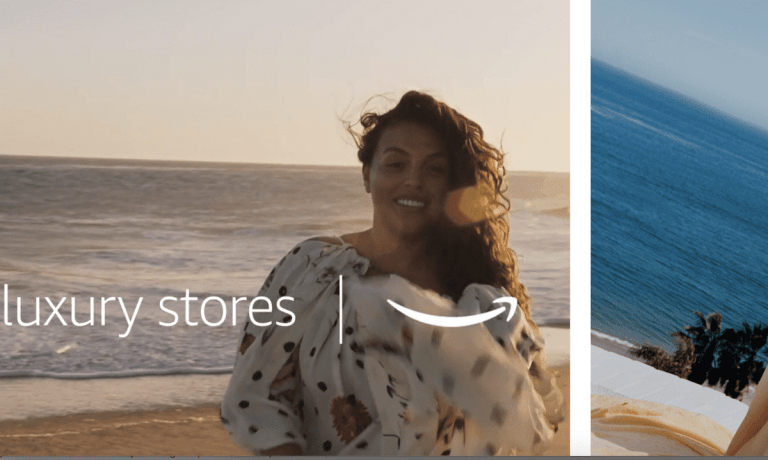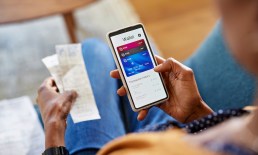Less than a year after the inception of Amazon’s Luxury Stores, the company has opened the doors to more consumers and begun using the platform as an opportunity to introduce people to new designers.
In a marketing email obtained by PYMNTS, as well as on the surprisingly slick and glossy Luxury Stores website, Amazon recently announced the debut of Chufy, a label launched in 2017 by art director and fashion consultant Sofía Sanchez de Betak, and Mira Mikati’s eponymous brand. Amazon also recently introduced Pietro Simone beauty products.
Amazon launched its Luxury Stores marketplace in September, offering invited U.S. Prime customers early access to Oscar de la Renta’s fall/winter 2020 collection through the Amazon app. Though it is no longer invitation-only, Luxury Stores customers still have access to a reserved customer service hotline and exclusive items from each luxury brand.
Christine Beauchamp, SVP of consumer categories in North America for Amazon, has said that Luxury Stores are mean to open “a new door for designers all over the world to access existing and new luxury customers.” Other brands include Boglioli Milano, Christopher Kane, Missoni and others.
The eCommerce giant’s foray into luxury is part of “Amazon Fashion Connects,” an effort to build relationships with new and established European designers amid challenges. Initial collaborations included digital storefronts with Mercedes Benz Fashion Week Madrid, the British Fashion Council and German fashion magazine InStyle.
Going Digital
Advertisement: Scroll to Continue
What has changed over the past year — and something that Amazon is acutely aware of — is the way people shop. PYMNTS reported in a recent tracker that online luxury purchases grew 39 percent worldwide year over year in both April and May of 2020. Online retail sales are anticipated to account for 25 percent of total luxury purchases by 2025, up from 10 percent in 2019.
In addition to the pandemic, a key driver is the reduction of online checkout frictions, which has led to speedier transactions that make it more likely for consumers to embrace shopping internationally. One recent survey found that 68 percent of consumers had made online purchases from international merchants within the past year. One-quarter of consumers bought clothing items from retailers based in other countries, with this share rising to 31 percent for millennials and Generation Z shoppers.
And one advantage that Amazon has with its Luxury Stores — which others may struggle with — is free shipping. Greg Spillane, CEO of eCommerce platform Fancy, told PYMNTS that for his company, absorbing at least some of the shipping costs was necessary because it was what consumers demanded. The company now offers free shipping for orders over $49 and a flat rate of $4.99 for all others, splitting the costs with sellers.
Fashion in Recovery
Consultancy Bain & Company said in May that sales of luxury goods could rebound from the pandemic as early as this year thanks to shoppers in the U.S. and China, predicting a 30 percent chance that sales of high-end handbags, clothing and jewelry will return to or exceed 2019 levels. Bain had previously projected that it would take until 2023 for luxury goods to return to pre-COVID sales levels.
And earlier this year, fashion icon Anna Wintour predicted a “roaring twenties” boom for luxury goods and high fashion as people come out of lockdown. The Vogue editor pointed to long lines at reopened Gucci and Dior stores in London as proof of pent-up demand.
Luxury items are also expected to be a hot commodity this holiday season as shoppers shift their focus from “needs” to “wants,” and begin to revamp wardrobes or turn liquidity into goods with value as inflation concerns grow. According to an analysis by Salesforce, handbags and luggage are among the items expected to do well this holiday season, as well as luxury apparel and accessories such as watches.
To be sure, this optimism requires COVID-19 to remain at bay, something that is not assured as the Delta variant spreads across all 50 states and much of the world. Still, economists told The Wall Street Journal that the variant likely won’t impede the economic recovery in the U.S., with continued spending driven by accumulated savings and Americans’ desire to travel and socialize more after nearly 18 months of the pandemic.




